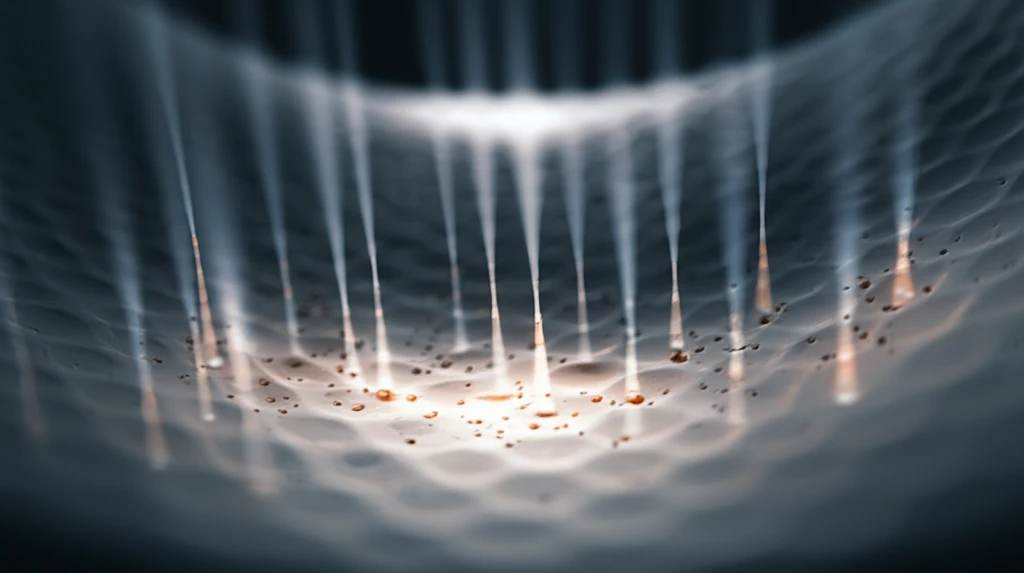
Smooth Ride Revolution: How Advanced Cylinder Liner Texturing is Changing the Future of Engines
"Discover how innovative surface texturing is optimizing engine lubrication, reducing friction, and adapting to varying combustion modes for enhanced performance and efficiency."
In an era defined by environmental consciousness and the relentless pursuit of efficiency, the automotive industry is undergoing a profound transformation. Traditional combustion engines are facing increasing scrutiny, driving engineers and researchers to explore innovative solutions that enhance performance while minimizing environmental impact. A key area of focus has emerged: optimizing engine lubrication through advanced cylinder liner texturing.
The demands placed on modern engines have never been higher. Varied combustion modes, each with its own unique set of characteristics, require lubrication systems that can adapt dynamically to ensure optimal performance. This challenge has spurred the development of groundbreaking techniques in surface texturing, promising to revolutionize the way engines operate.
This article delves into the fascinating world of cylinder liner texturing, exploring how these innovations are improving engine lubrication, reducing friction, and adapting to the ever-changing demands of modern combustion modes. Join us as we uncover the secrets behind this cutting-edge technology and its potential to reshape the future of automotive engineering.
The Science of Surface Texturing: Dimples and Engine Dynamics

At the heart of this revolution lies the concept of surface texturing—specifically, the introduction of micro-dimples on the cylinder liner. These aren't just any indentations; they are precisely engineered features designed to optimize the tribological properties of the liner and ring pairing. The goal? To significantly improve lubrication and reduce friction, regardless of the combustion mode.
- Enhancing Hydrodynamic Effects: Micro-dimples create spaces that encourage the formation of a lubricating oil film, increasing its thickness and load-bearing capacity.
- Reducing Asperity Contact: By optimizing the oil film, these textures minimize direct contact between the ring and liner, cutting down on friction and wear.
- Adapting to Combustion Modes: The textured surface provides a more stable lubrication environment, capable of handling the drastic load variations that come with different combustion processes.
Driving Towards a Greener Future
The innovations in cylinder liner texturing represent a significant step forward in engine technology. By optimizing lubrication and reducing friction, these advancements pave the way for more efficient, reliable, and environmentally friendly engines. As the automotive industry continues to evolve, expect surface texturing to play an increasingly vital role in shaping the future of transportation.
